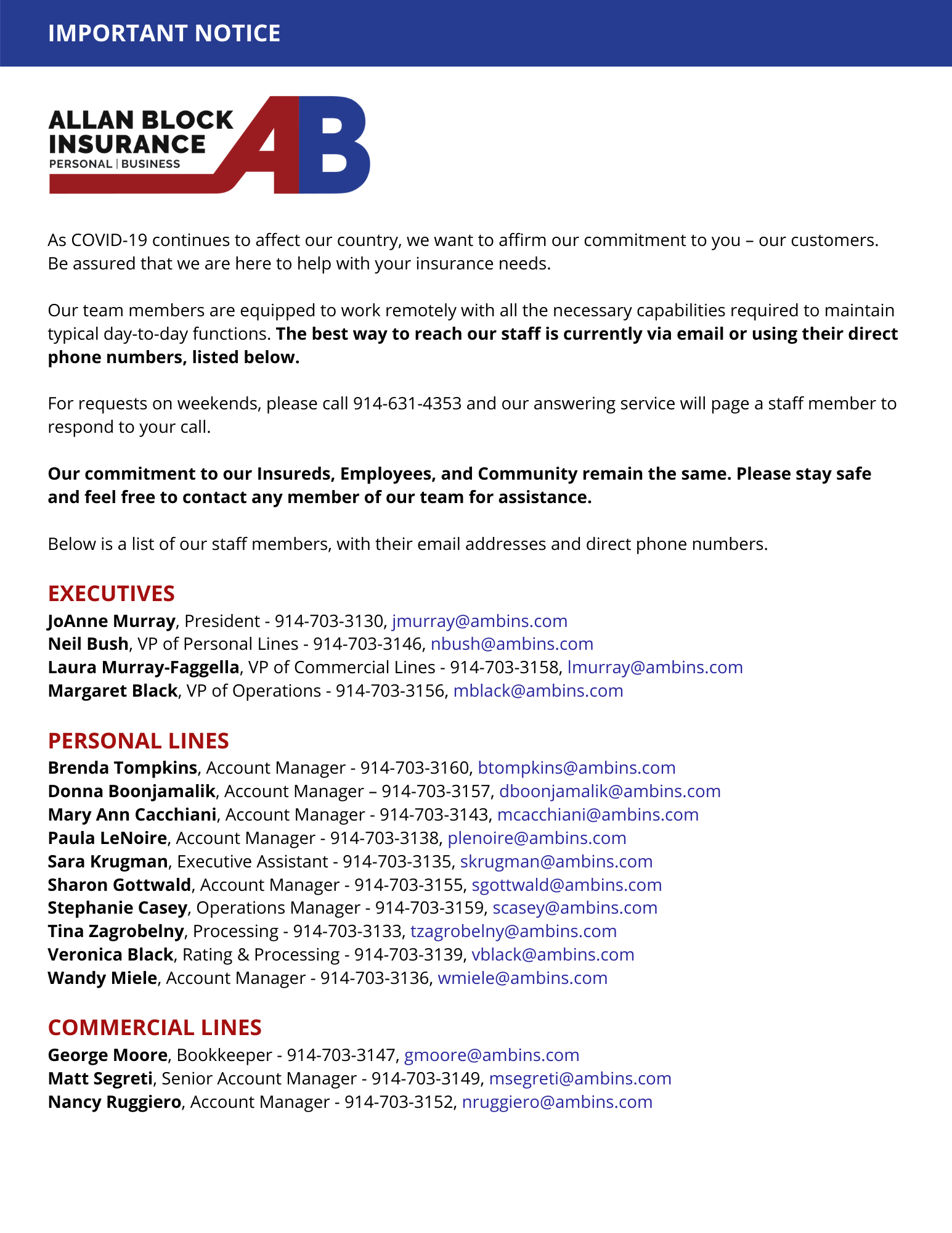Businesses that have over-the-road exposure should take control of their fleet program. A dedicated fleet supervisor can help employees understand what is expected of them when driving a company car.
Fleet supervisors not only enforce your business’s policies and procedures, they also develop and oversee ongoing training for company drivers.
Don’t assume drivers know it all. Start with the basics, even if they are already pretty well understood. At driver orientation, issue a training checklist so the trainee can demonstrate complete familiarity with the vehicle and the ability to operate it. The employee should actually sit with the supervisor in the vehicle and go through this checklist, then both should sign off on the initial training.
The supervisor should also gather records of the driver’s licenses and personal insurance information of all those who will operate a vehicle as part of their work duties. This can easily be managed with an updated spreadsheet that is reviewed monthly to note upcoming expiration dates.
If multiple employees use the same vehicle, a daily maintenance checklist should be developed for each vehicle, and employees should be required to check and sign off on items prior to (and after) driving the vehicle.
Consideration should also be given to technology; “black boxes” can be placed on vehicles to monitor speed and routes. These boxes allow your fleet supervisor to track and correct problems before they become accidents or other losses.
Lastly, it is important that the super-visor update driving policies and procedures to reflect any changes in the business so that all drivers and vehicles are properly insured.



